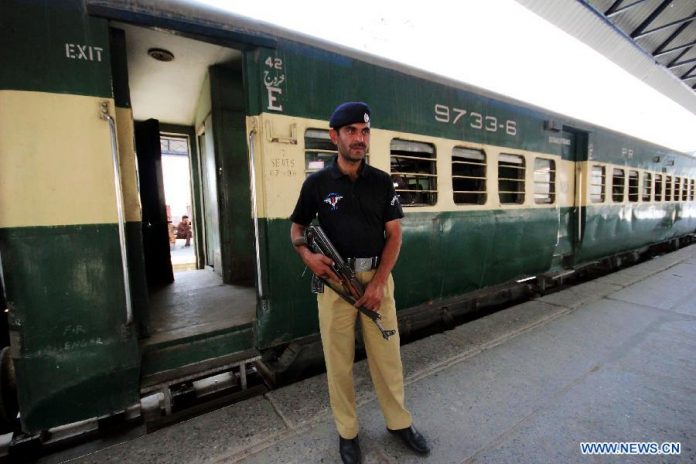National Engineering and Scientific Commission (NESCOM) has proposed a comprehensive safety model to the Ministry of Railways to help control the train collisions and accidents on level crossings.
Connected with a radio link, the system would be installed in the locomotive and at level crossings simultaneously, which will have warning lights and sirens to keep people alert, sources in the Ministry of Railways said.
They said the locomotive speed system, vision systems, electro-mechanical system, train approaching warning system and train collision avoiding system would be devised to curb accidents in future.
According to the sources, as many as 338 minor and major accidents have been occurred over Railway network in the country during the period from January 2013 to December 2016.
Out of which, 149 were major accidents while 189 fall in category of minor accidents, they added.
245 accidents were caused due to negligence of road users while negotiating the manned, unmanned level crossing and unauthorized locations.
In all these cases the responsibility of the accidents lie on the road users under section 91/1 of Motor Vehicle Ordinance, 1965, and sections 128 and 129 of Railways Act, they stated.
The sources further said that as many as 118 persons were killed in the accidents and 467 were injured. Around 110 staffers of Pakistan Railways were penalized for negligence of the accidents and the punishments which were awarded included compulsory retired from service, removal from service, reduction to lower post, warning and with holding of annual increment.
During the period under review, Pakistan Railways have sustained a total cost of damages worth Rs 287.549 million. According to break up figures, during the 2013, the Railways sustained damages of Rs 1.63 million, in 2014, Rs 28.548 million, in 2015 Rs 158.538 million whereas during 2016 it sustained damages of Rs 98.83 million.

























